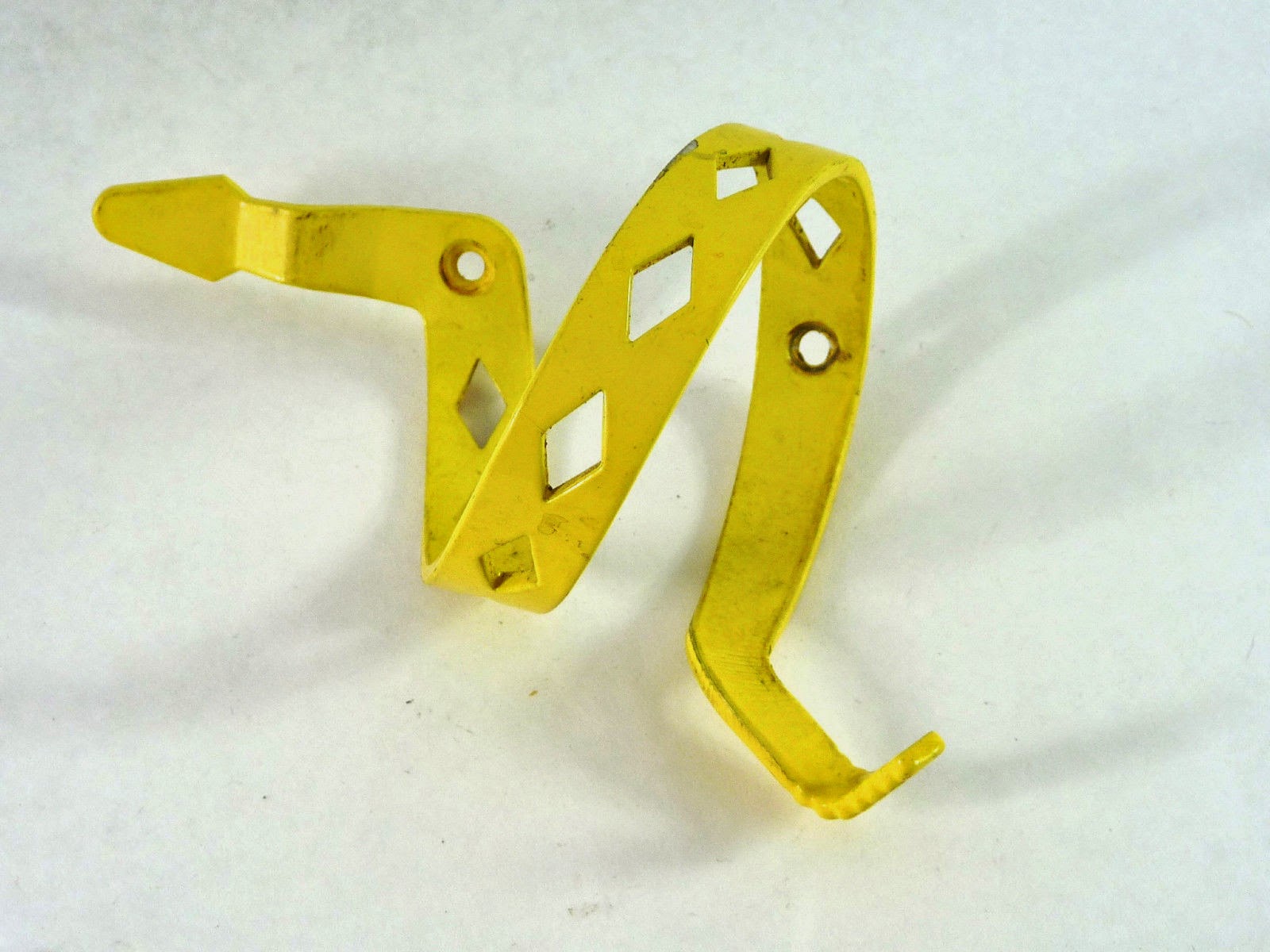Sometimes I think the '90's were the end of an era: when you could care about aesthetics and still buy a high-end road racing bicycle.
Today, you can get a beautiful frame from a builder like Mercian or any number of other custom makers. But even though it can be sleek and relatively light, it's likely to be heavier and less aerodynamic than a new racing bike. Those gorgeous frames with their beautiful lugs or filet-brazed joints and lustrous paint jobs are most likely to be steel, whether from Reynolds, Columbus or some other maker, but most racers are now astride frames made of carbon fiber. Although I can appreciate the lightness and stiffness of carbon fiber frames, I know that their lifespan is nowhere near that of most good steel, titanium or aluminum frames. Also, their Darth Vader shapes and surfaces are too often plastered with cartoony or just plain creepy graphics.
But during that last "golden era" for road bikes, two disparate groups of cyclists seemed to abandon any sense of velocepedic voluptuousness. According to Eben Weiss' latest article in Outside magazine, those riders were mountain bikers--especially of the downhill variety--and triathlon competitors. As he notes, mountain biking and triathlon racing came into their own as disciplines at roughly the same time, more or less independent of the prevailing cycling cultures (racing, touring, track, club riding). Although many mountain riders came from road riding, they tended to be younger and not as bound to the prevailing traditions and conventions of riding. Then there were those mountain riders who, like most triathloners, had little or no previous experience with cycling and were therefore even less wed to ideas about what bikes should look or ride like.
One result of that disdain for bicycle tradition was modern suspension systems. One irony is that those who developed them for mountain bikes thought they were doing something new and revolutionary when, in fact, bicycle suspension has been around for almost as long as bicycles themselves. The chief question seemed to be whether to suspend the rider or the bike itself: The former would offer more comfort and would, therefore, keep the rider in better control of the bike. The latter, on the other hand, would make the bike itself more stable at high speeds and in rough conditions: what would encounter on a downhill run or on technical singletrack.
One of the earliest--and, perhaps, still most widely-used--forms of suspension is the sprung saddle, which would fall into the category of suspending the rider. Later, balloon-tired bikes from Schwinn, Columbia and other American manufacturers came with large bars and springs connected to the handlebars and front forks. How much shock they actually absorbed, I don't know. I get the feeling they were added, like the ones on the "Krate" and "Chopper" bikes of the '60's and '70's, so that kids could pretend that their bikes were scaled-down motorcycles.
Around the same time as those wannabe Harleys were made, Dan Henry (of Arrows fame) rigged up a Reynolds 531 fork with springs which, he said, allowed him to ride the lightest rims and tubular tires even in the roughest conditions. But the '70's and '80's saw little, if any, experimentation with, let alone manufacture of, suspended bikes or parts.
That all changed when the first Rock Shox forks and Girvin Flex Stems were introduced in 1989. The latter defied all notions of the graceful "gooseneck" in mirror-polished or milky silver, and Rock Shox looked nothing like those curved or tapered blades seen on classic road bikes. Then, it seemed, all sense of aesthetics went out the window--unless your idea of art is a sex toy or something that would render a man incapable of bringing any new cyclists into this world--with the Softride.
I must admit I never tried Softride: Even though I was leaner and lighter than I am now, I was leery of mounting anything that didn't have support from below. (Read that as you will.) Weiss rode one recently, three decades after its introduction, and found it to be "more subtle" than he expected though, he pointed out, he could have been just as, and more elegantly, cushioned from road and trail shock with a leather saddle or wide tires. Subtract the "diving board" and Girvin Flex stem, he notes, and one is left with a rigid mountain bike like the ones riders had been riding before.
If I had a couple of barns or garages, I'd probably acquire a Soft Ride to complete the collection I'd have. But even if I liked its suspension qualities, I'm not sure how much I'd ride it: I'm still too wedded to my vision of a beautiful bicycle. There are some things I just don't want to be caught dead on.



